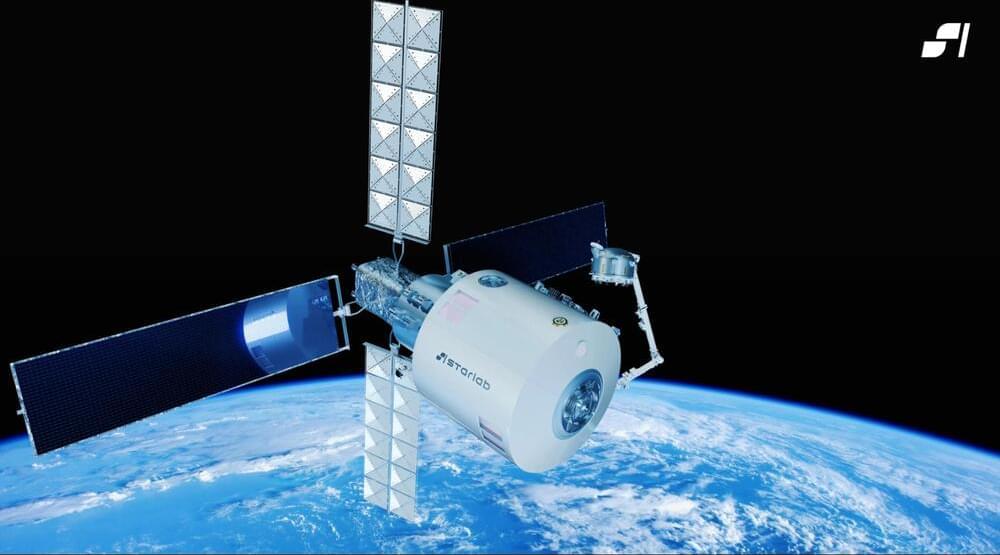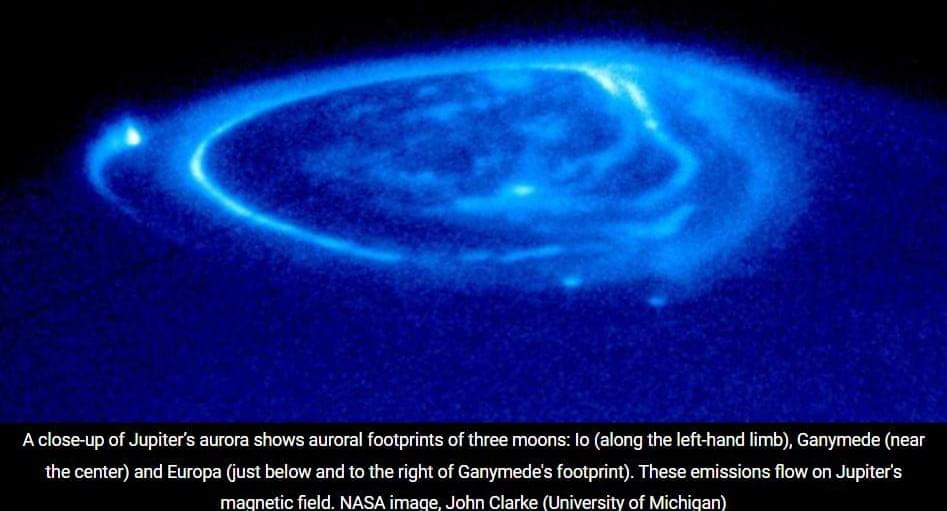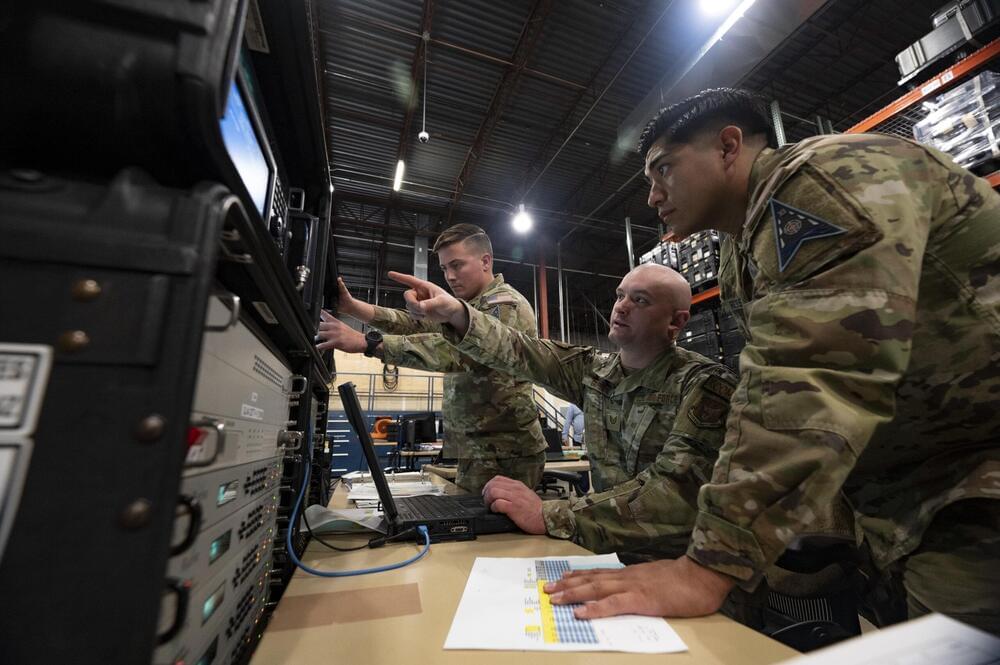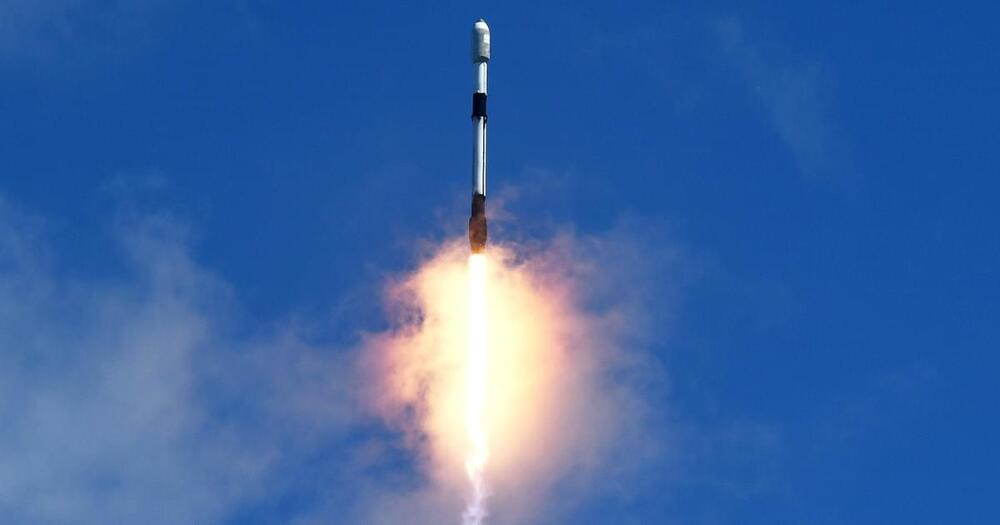As the Kremlin threatens to unleash atomic weapons in its battle to take over democratic Ukraine, and develops nuclear-armed spacecraft to challenge the allied space powers, one rising aerospace outfit says its new space station will be a symbol of international peace and camaraderie when launched into the heavens.
The American co-founders of Starlab Space, who have formed an alliance with European, Canadian and Japanese space-tech leaders, predict their orbiting station could help keep the celestial peace despite the armed clashes and nuclear brinkmanship now upending the Earth.
The Starlab Space Station is first and foremost a hyper-modern habitat and science lab, designed to enable astronauts around the world to conduct experiments in microgravity or deploy imaging satellites, all while circling the planet at 28,000 kilometres per hour.





